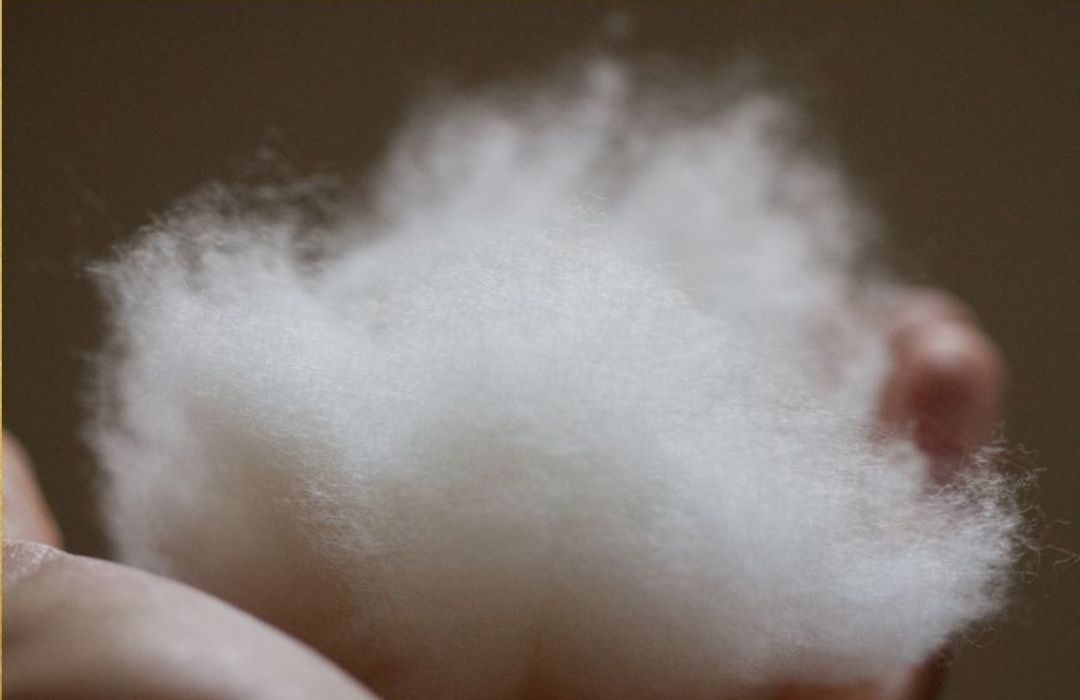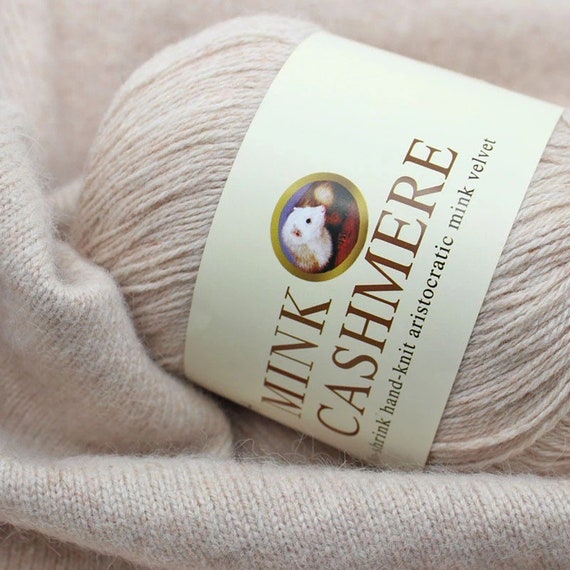How is cashmere Fibre Produced and Why Is It So Sought After?
How is cashmere Fibre Produced and Why Is It So Sought After?
Blog Article
Reasons You Have To Need Cashmere a Natural Fiber for Comfort and Style in Everyday Wear
In the realm of textiles, few fibers match the deluxe and convenience of cashmere. Just how can one best make use of cashmere to elevate their style? These interesting concerns lay the structure for an informing exploration into the world of cashmere. cashmere fibre.
Comprehending the Elegant Nature of Cashmere

Evaluating the Convenience Factor of Cashmere Attire
What high qualities underline the comfort variable of cashmere garments? The soft qualities of cashmere is the first quality to take into consideration. Its luxurious texture makes it seem like a 2nd skin, giving heat without the weight or itching associated with other wool products. Cashmere's unique fiber framework allows for breathability, managing temperature level and stopping overheating. The product's flexibility and longevity make certain that it molds versus the body comfortably, keeping its form gradually. Cashmere's hypoallergenic properties also add to its convenience, making it a suitable choice for sensitive skin. The capacity to layer cashmere items without thickness enhances the convenience factor. In significance, the comfort of cashmere is stemmed from its soft qualities, breathability, toughness, hypoallergenic nature, and flexibility.

The Ecological Impact and Sustainability of Cashmere
While the convenience and style of cashmere are definitely attractive, it's equally crucial to consider its relationship with the atmosphere. Cashmere production, primarily in Mongolia and China, includes increasing cashmere goats, which can dramatically strain breakable grassland communities due to overgrazing. Efforts are being made to develop sustainable cashmere manufacturing techniques, such as rotational grazing and cleaner handling techniques.
Contrasting Cashmere to Synthetic Fibers: A Cost-Benefit Evaluation
Regardless of its environmental obstacles, cashmere presents an one-of-a-kind collection of advantages over synthetic fibers. On the price side, cashmere is without a doubt much more pricey due to its labor-intensive production process. Yet, the advantages make it worth the investment. Cashmere's natural fibers supply unequaled softness and warmth, translating into convenience that artificial fibers struggle to match. Cashmere items are highly long lasting, encouraging longevity that offsets initial costs over time. Unlike artificial fibers, cashmere does not add to microplastic pollution, making it an extra sustainable selection. On the other hand, synthetic fibers, while cheaper upfront, use much less convenience, have much shorter lifespans and pose environmental issues. Therefore, when analyzing cost-benefit, click over here cashmere's superior qualities make it a worthwhile investment for everyday wear.
Styling Tips With Cashmere for Everyday Beauty
Having actually thought about the cost-benefit evaluation of cashmere compared to artificial fibers, it comes to be clear why this luxurious material is a popular option for numerous. When styling cashmere for day-to-day elegance, simpleness is essential. A cashmere sweater, for instance, can be matched with tailored trousers or a sleek skirt for an elegant, put-together appearance - cashmere fibre. For a more informal ensemble, a cashmere cardigan put on great post to read over a simple tee and denims exhibits effortless design. Devices can even more boost the look: a declaration locket or scarf can include a pop of color to a neutral cashmere item. Inevitably, the intrinsic beauty of cashmere makes more information it a functional addition to any closet, effortlessly improving everyday attire with a touch of luxury.

Verdict
In enhancement, cashmere's sustainability and reduced environmental impact contrasted to artificial fibers even more improve its appeal. Spending in cashmere garments is a worthwhile choice for convenience, design, and sustainability.

Report this page